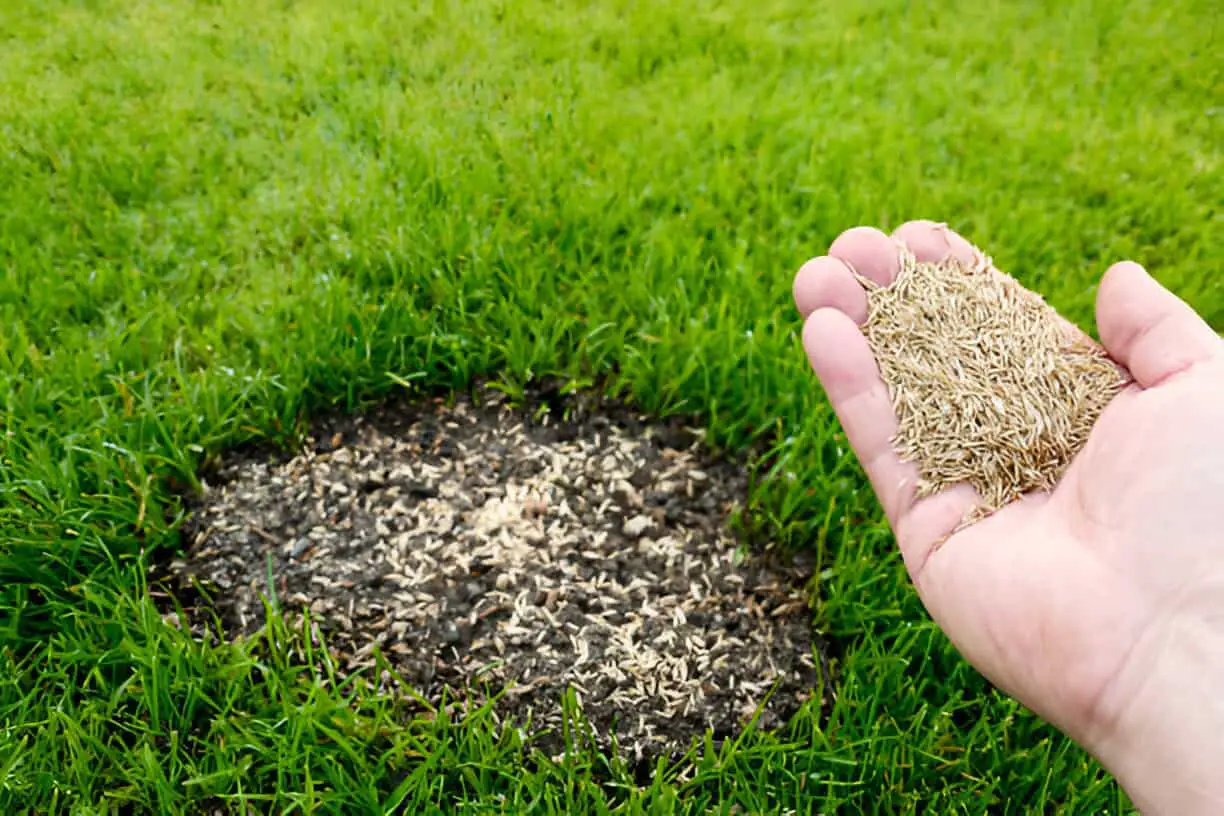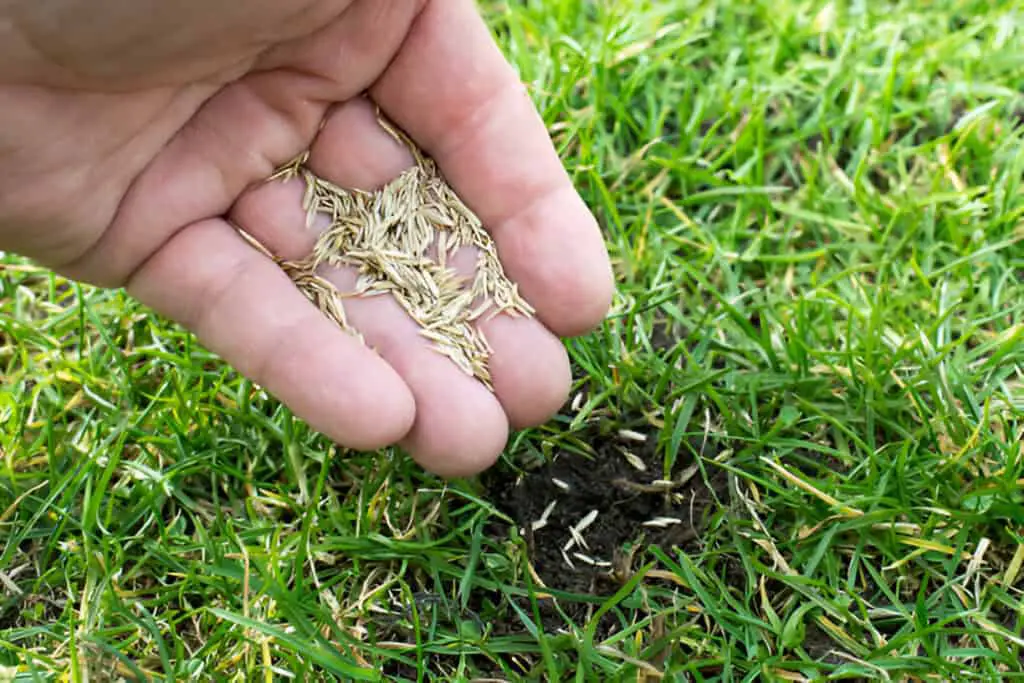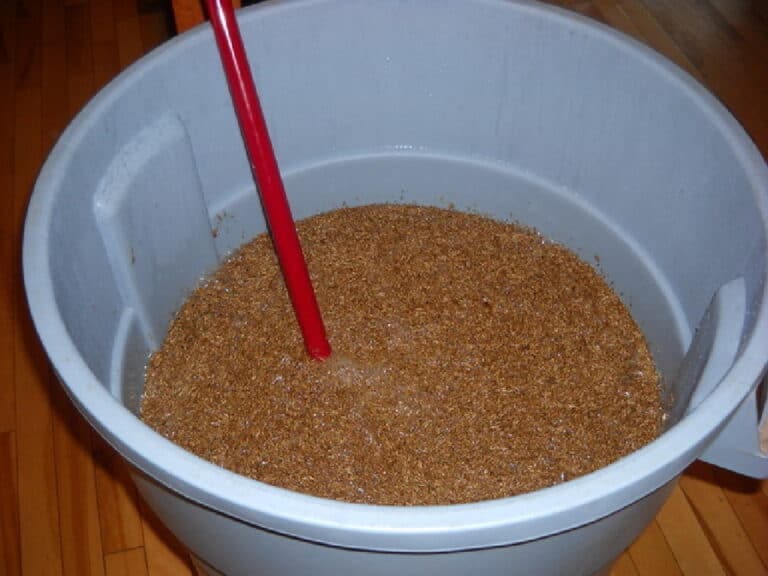Improve Your Lawn with Dormant Seeding: A Step-by-Step Guide

A lush, green lawn doesn’t happen by accident—it takes planning, patience, and the right techniques. If your yard has patchy spots or thinning grass, dormant seeding might be the secret weapon you need.
Unlike traditional lawn seeding, which relies on warm soil and frequent watering, dormant seeding takes advantage of the natural cycles of winter and early spring. By sowing seeds in late fall or early winter, you set the stage for strong, healthy growth when temperatures rise.
But is dormant seeding really the best way to revitalize your lawn? What if the seeds don’t sprout, or worse, they wash away before they have a chance to root? Understanding the process—and doing it correctly—can make all the difference between a thriving lawn and wasted effort.
By the time you finish this guide, you’ll know exactly how to dormant seed your lawn for the best results. You’ll learn when to do it, which grass seed works best, and how to avoid common pitfalls. With the right approach, you can transform your yard into a thick, green carpet come spring!
Why Dormant Seeding Might Be Your Lawn’s Best Friend
I used to think lawn care was just a spring and summer job, but I quickly learned that the secret to a lush, green lawn actually starts in the cold months. Dormant seeding is a simple but powerful trick to get a head start on spring growth. If you’ve been battling bare patches or want to thicken your grass, this method can work wonders.
Instead of waiting for spring, dormant seeding allows you to plant grass seed in late fall or early winter. The seed stays dormant through the colder months, then springs to life as soon as temperatures warm up. It’s a low-effort, high-reward way to get a healthier lawn without the competition of weeds or the stress of summer heat.
Best Time for Dormant Seeding
Timing is everything when it comes to dormant seeding. You want to seed when the ground is cool enough that the seeds won’t germinate until spring but not so frozen that you can’t work with the soil.
| Season | Best Time for Dormant Seeding |
| Late Fall | After the last mow, before heavy frost |
| Early Winter | Before consistent snowfall but when soil is cold |
The sweet spot usually falls between late November and early January, depending on your climate. If you seed too early, the grass may sprout prematurely and die off in the cold. If you seed too late, snow and ice could make application difficult.
Choosing the Right Grass Seed

Not all grass seed is created equal. You need a variety suited for your region and climate. Here’s a quick breakdown of grass types best suited for dormant seeding:
| Grass Type | Best For |
| Kentucky Bluegrass | Cold climates, slow germination |
| Perennial Ryegrass | Quick germination, cool-season growth |
| Fine Fescue | Shade tolerance, low maintenance |
| Tall Fescue | Drought resistance, high durability |
Check the seed label before buying. A high-quality blend will give you better coverage and healthier growth in spring.
| Check out: How to Kill Weeds While Growing Grass In Newly Seeded Lawn |
Step-by-Step Guide to Dormant Seeding
Step 1: Prepare the Soil
Before throwing down seed, take time to prepare the ground. Rake away debris, break up compacted soil, and mow your lawn short. This helps the seeds make better contact with the soil, increasing germination success.
Step 2: Choose the Right Seeding Method
There are two popular methods:
- Broadcast Spreading: Ideal for large areas, using a handheld or push spreader.
- Slit Seeding: Best for heavily compacted soil, as it places the seed directly into grooves.
Step 3: Apply the Seed
Spread the seed evenly across the lawn, following the recommended seeding rate on the bag. Avoid overlapping too much to prevent overcrowding in spring.
Step 4: Ensure Good Soil Contact
After seeding, lightly rake the area to mix the seed into the topsoil. If possible, roll over the area with a lawn roller to press seeds into the soil for better contact.
Step 5: Let Mother Nature Do the Work
Unlike spring seeding, dormant seeding doesn’t require watering. The snow and rain of winter will naturally settle the seeds into the soil.
Common Mistakes to Avoid
Even a simple process like dormant seeding has potential pitfalls. Here are some common mistakes to steer clear of:
| Mistake | Why It’s a Problem |
| Seeding Too Early | Seeds might sprout before winter and die off |
| Over-Seeding | Can lead to overcrowding and weak grass |
| Not Preparing Soil | Seeds may not establish properly |
| Using the Wrong Seed | Grass may struggle in your climate |
Spring Care After Dormant Seeding

Once temperatures start warming up, it’s time to help your new grass thrive.
- Avoid heavy foot traffic – Let the grass establish strong roots before walking on it.
- Water regularly – Once the ground thaws, light and frequent watering encourages germination.
- Fertilize wisely – Use a starter fertilizer to provide essential nutrients for young grass.
- Mow carefully – Wait until the grass reaches at least 3 inches before the first mow.
Final Thoughts
Dormant seeding has been my go-to method for achieving a thicker, healthier lawn. It requires minimal effort, yet the results speak for themselves. By planning ahead and following the right steps, you can set your lawn up for a strong, green start in the spring. If you’ve been struggling with patchy grass, why not give it a try this season? Your future self—and your lawn—will thank you!






